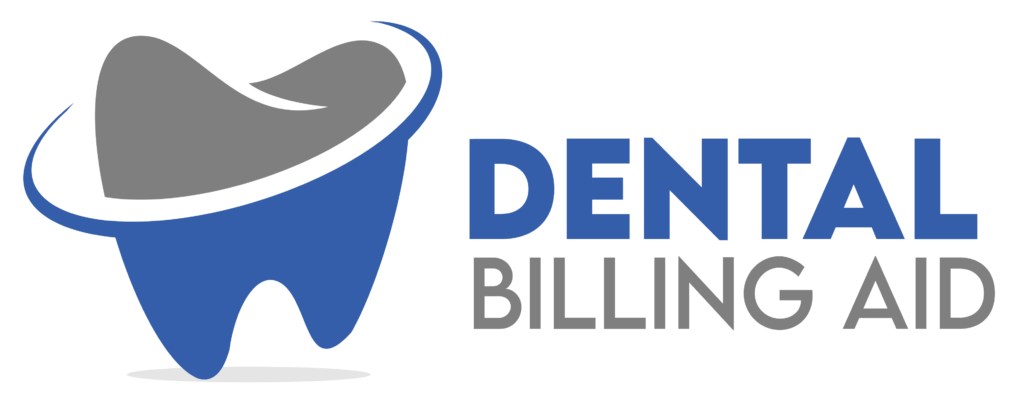If you’ve completed a time study, then you should have a good idea about how long it takes to perform specific types of procedures. If you know that Doctor Jones needs 40 minutes to complete two occlusal fillings and Dr. Smith needs one hour, then block out the appropriate length of time for each practitioner. Failing to understand the unique time needs of your dentists or hygienists will set your schedule up for backlog later in the day, which keeps everyone late or runs into your lunch break or departure time.
Stagger treatments for the dentist
If a patient must be anesthetized, it may take at least 15 minutes between the patient’s check-in time and the time the dentist actually starts the procedure. That’s a quarter of an hour of downtime where no production is being earned. If two patients are booked side-by-side, this equates to 30 minutes of downtime. To still be productive and make time work for you, stagger patient appointments so that one patient can be numbed and prepped while the other is being treated. Once the latter is completed and in post-op with the assistant or front desk, the other patient will be ready to begin the procedure.
Plan exams in advance
At what point in the hygienist’s schedule should the dentist step in to do an exam? Depending on the office, it might be at the end of the prophy, immediately after the patient is seated, or five minutes after the x-rays have been taken. Consistency is key so that the hygienist isn’t waiting five to 10 minutes and making small talk while waiting for the exam to be completed and the patient to be excused. If this happens frequently, the office is potentially losing over an hour of productivity every day.
